It’s not glamorous, but for the sake of your health it’s vital you get to know your intestines! Teresa Doherty (BSc Nutritional Medicine and Colon Hydrotherapist) talks us through them…
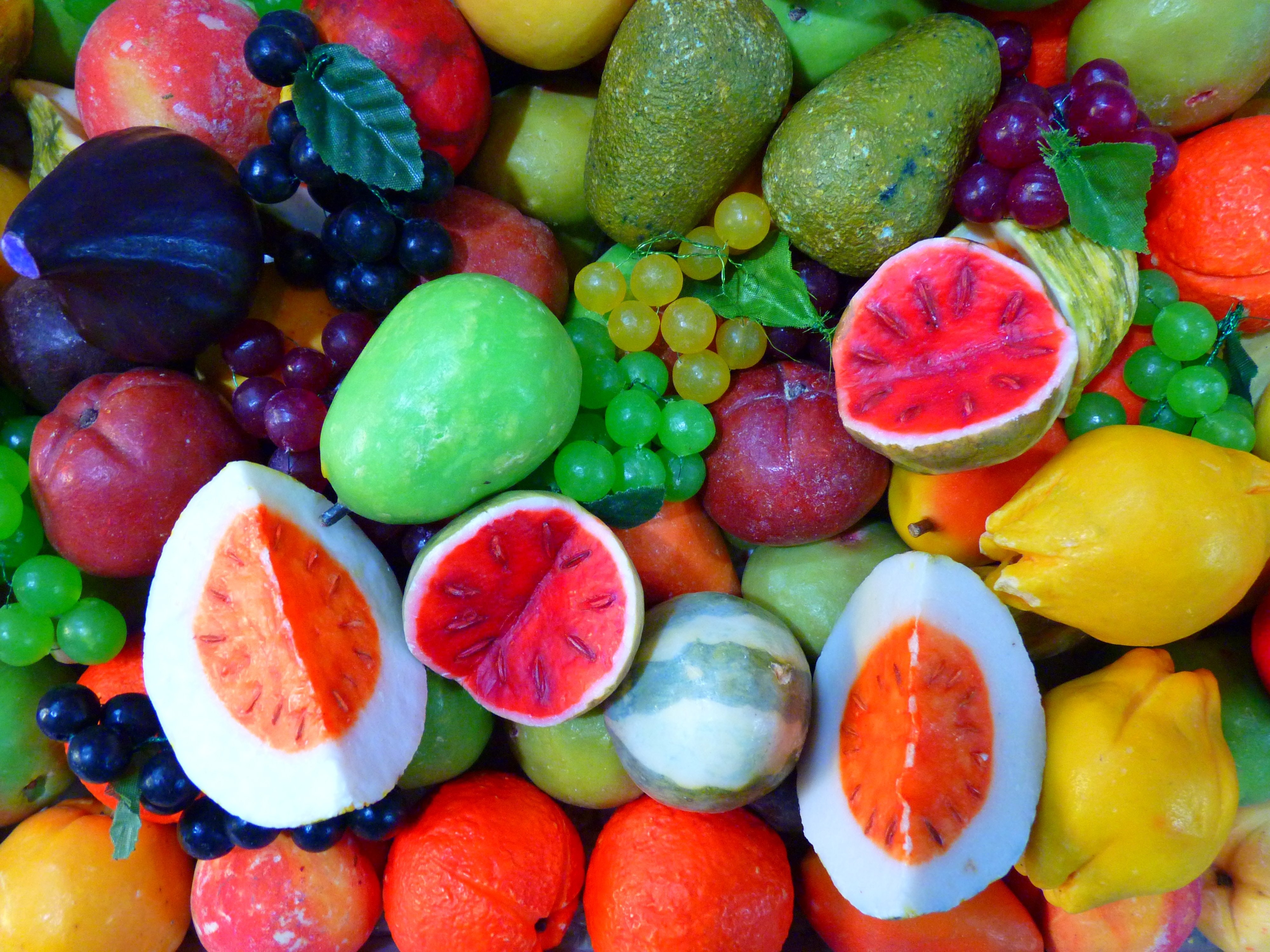
The function of the gastrointestinal tract (GIT) is to break down food into small particles that can be absorbed and used by the cells for energy, building, repairing and working as catalysts. The uninterrupted supply of nutrients into our body is vital for long-term health. When we eat poorly our digestive system can become sluggish and blocked. Imbalances in the GIT are now believed to be contributory factors to the development of chronic diseases, such as depression1, cancer2 and endometriosis3.
The Common Symptoms of Poor Digestion
The GIT works automatically and when working correctly is an organ that we are unaware of. This organ has more nerves than the spinal cord and manufactures more neurons than the brain, enabling it to communicate the sensation to our conscious brain. It provides strong messages and feedback when all is not well – pain, bloating, gas, nausea and indigestion. If left untreated, the long term effects of poor digestion can result more serious inflammatory conditions such as colitis, diverticulitis and Crohns disease.

You Are What You Absorb
The GIT is self running and self healing. It is one of the largest interfaces between the outside world and the human internal environment. The nine metre tract constitutes the body’s second largest surface area, estimated to cover approximately 250-400m2 which is comparable to the size of a tennis court. During a normal lifetime 60 tons of food passes through this canal4. The body must be able break this food down into tiny particles so they can be absorbed through the intestinal lining and into the bloodstream where the nutrients and calories are taken and used by the cells. The waste products of digestion and metabolism must also be effectively removed through the colon, liver, kidneys, lymphatic system and skin.

The Cause of Digestive Problems
The cause of digestive problems is multifactorial:
- Poor food choices
- Low fibre
- Dehydration
- Chronic stress
- Inactivity
- Cigarette smoke
- Excessive alcohol consumption
- Genetic makeup
We can learn a lot about how well the GIT and associated organs are functioning by the appearance of stools. A healthy stool should be easy to pass, well shaped, light brown in colour, smell natural- not strong. Undigested foods can indicate a lack of chewing or digestive enzymes. Grey stools a sign of an underactive gall bladder or liver or a lack of iron in the blood. A sticky stool that is hard to flush away can be an indication of high toxins, such as alcohol or medication.
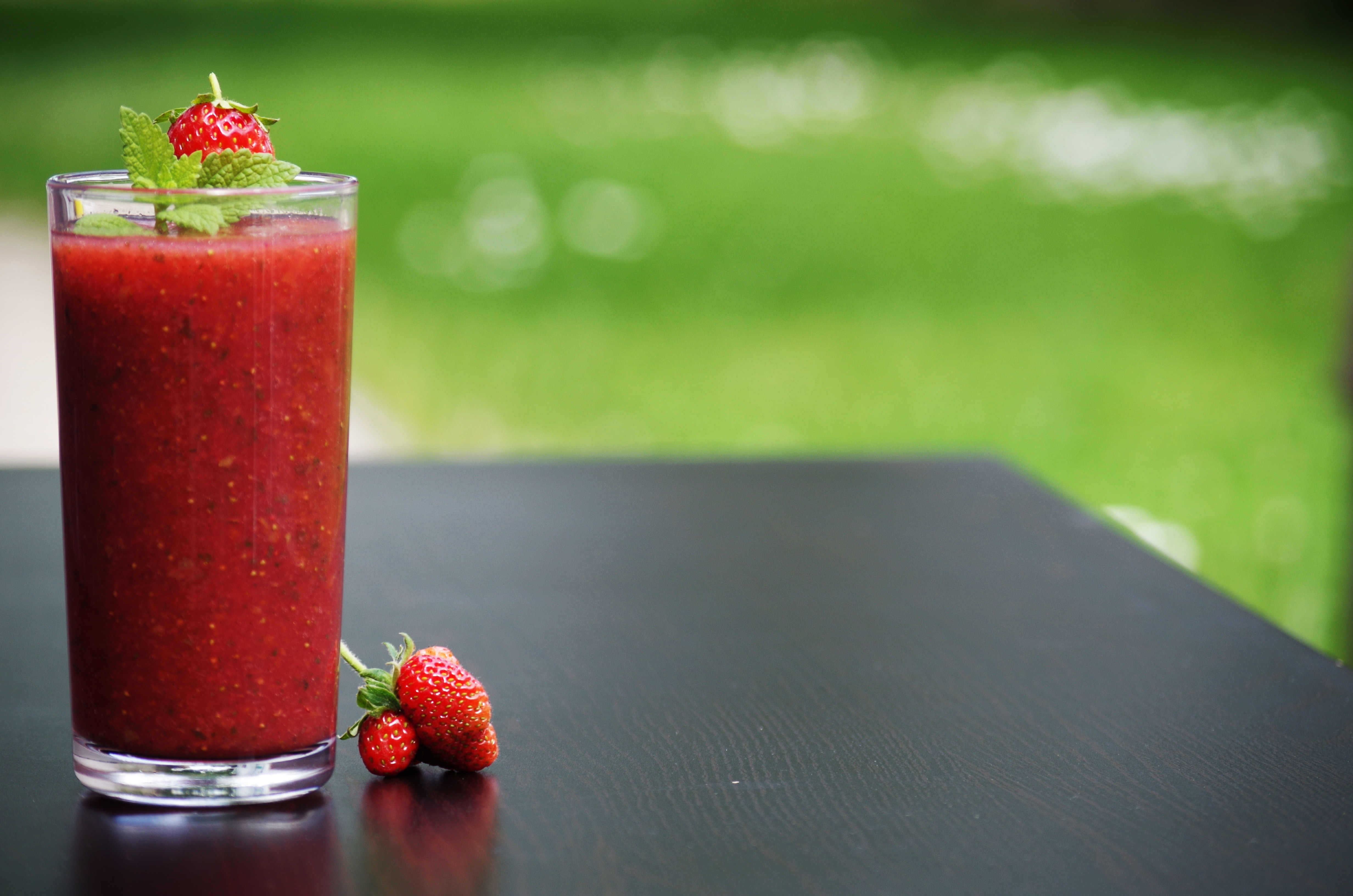
The Intestinal Flora
The GIT harbours a rich flora of more than 400 different bacterial species making up around 100 trillion microorganisms. Billions of these friendly bacteria build colonies in the small and large intestines and constitute the first line of defence against illness and disease. The health and survival of these friendly bacterial depends upon lifestyle and dietary factors. There are more bacteria in our intestinal tract than there are cells in our body5, which live together in either symbiotic or antagonistic relationship. Their total weight is about four pounds- equal to the size of the liver. The most important friendly bacteria are Lactobacillus acidophilus and Bifidobacterium bifidum. They have many functions and act like a symbiotic organ to protect our health.

The Functions of Healthy Intestinal Flora
- They produce acids that keep the pH balance of the intestine. This acid environment prevents disease-producing microbes from getting a foothold6.
- They prevent colonization of the intestine by pathogenic bacteria and yeast by protecting the integrity of the intestinal lining.
- Manufacture many vitamins including: The B complex and vitamin K.
- Increase the absorption of minerals such as calcium, magnesium, iron and manganese7.
- Increase resistance to food poisoning through their powerful antibiotic effect8.
- Prevent the overgrowth of disease causing microbes, such as Candida9, Helicobacteria pylori, E. Coli and Salmonella10.
- Prevent and treat antibiotic-induced diarrhoea11.
- Inhibit the growth of bacteria that produce nitrates in the bowel. Nitrates are bowel toxins that can cause cancer and reduced activity in bacterial enzymes associated with the formation of cancer-causing compounds in the gut12-13.
- Help to regulate peristalsis and bowel movement.
- Help prevent the production and absorption of toxins produced which reduces toxic load to the liver14.
- Helps prevent urinary tract infection15.
- Contribute to improved immune function and protect against development of allergic conditions.

The Factors that Can Alter the Intestinal Flora and Cause Dysbiosis
In the early twentieth century Dr. Eli Metchnikoff popularised the theory that disease begins in the digestive tract because of imbalance of intestinal bacteria. He called this state dysbiosis, which comes from symbiosis, meaning “living together in mutual harmony”, and dys, which means “not”.16
The common causes of altered intestinal flora and dysbiosis include:
- Antibiotic use simultaneously kills both harmful and helpful bacteria throughout the body.19
- The use of anti-inflammatory medication, birth control pill and steroid drugs.20
- Psychological21 and physical stress.22
- Altered gastrointestinal peristalsis. When peristaltic action slows down a rapid overgrowth of harmful bacteria is probable.23
- The use of laxatives.23
- The use of antacids which encourage an alkaline environment and favour an overgrowth of harmful bacteria.23
- Poor dietary choices: High levels of: Animal protein, sugar and refined carbohydrate, fat and Low Fibre.24
- Undigested protein, as a result of its high consumption can lead to an overgrowth of harmful bacteria. It has been estimated that as much a 12 grams of dietary protein per day can escape digestion in the upper GIT and reach the colon.25 This undigested protein is fermented by the harmful microflora increasing its number and activity.
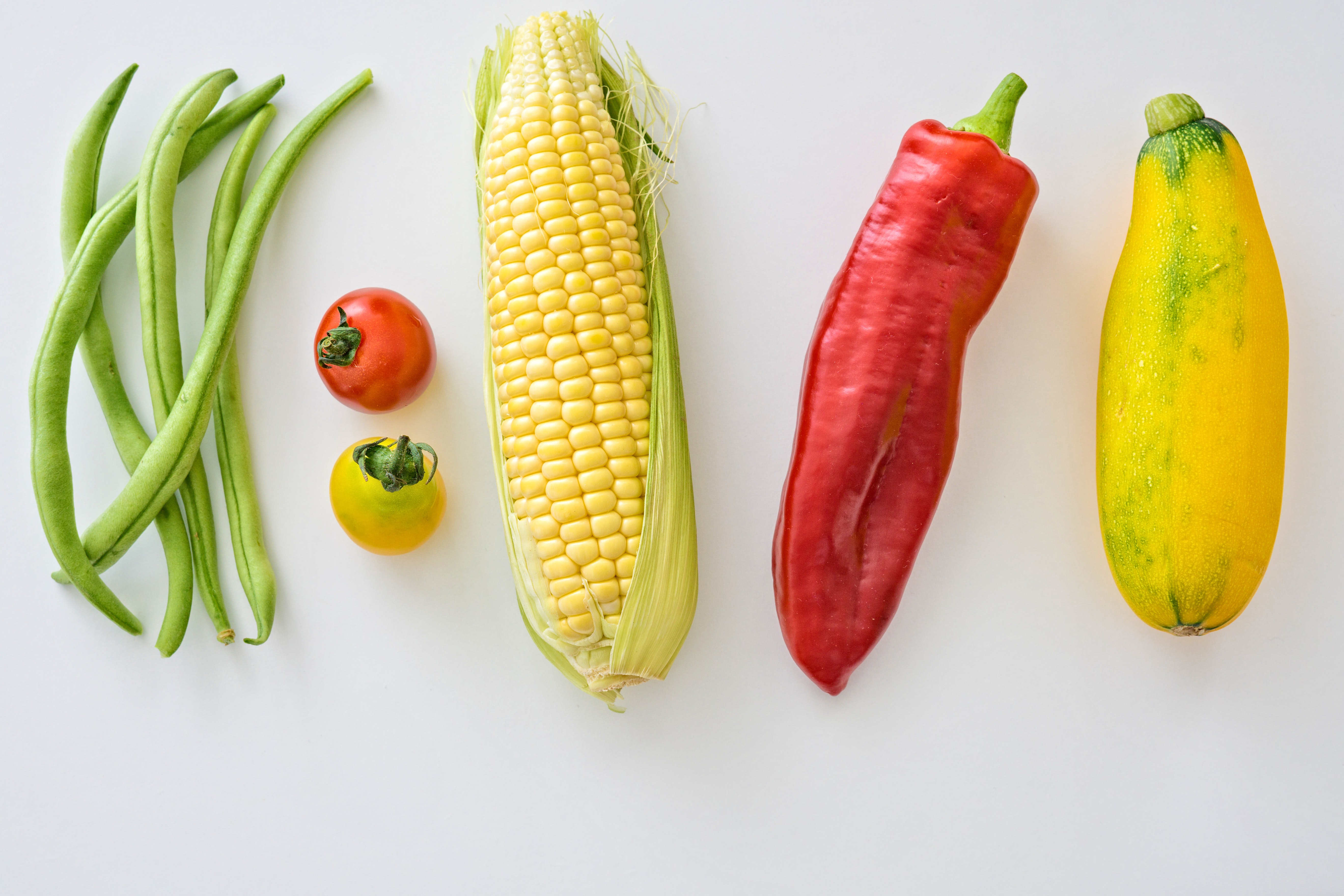
The Effects of Dysbiosis
Alterations in the bowel flora and its activities are now believed to be a contributing factor to many chronic and degenerative diseases that include: Inflammatory bowel disease, rheumatoid arthritis, yeast infection (Candida Albicans ) irritable bowel syndrome and ankelosing spondylitis, urinary tract infections and cancer. Digestive problems that include constipation and/or diarrhoea, abdominal pain, gas and bloating are also indicators of dysbiosis.
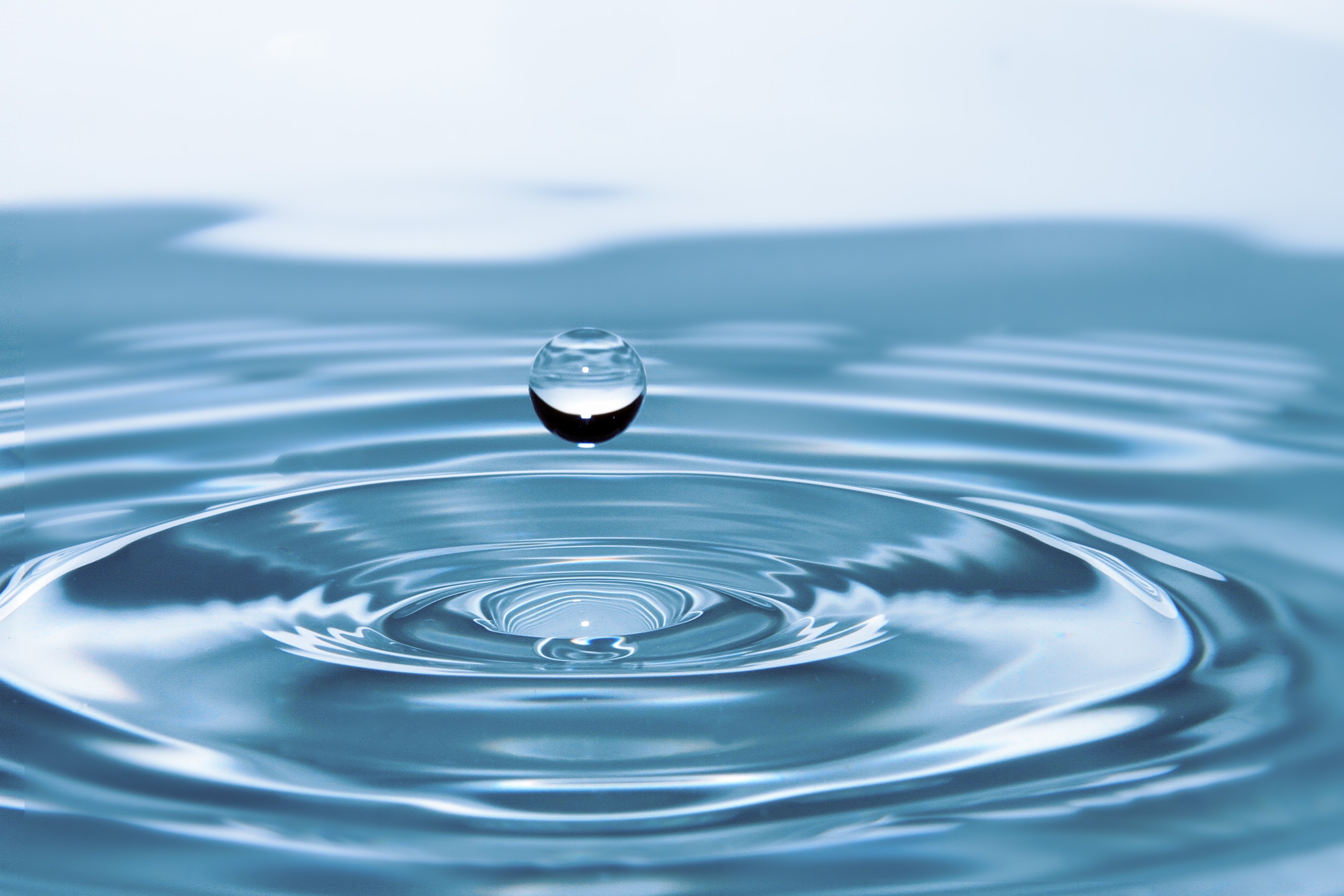
Add Water!
Once all of the nutrients from food have been absorbed, fibre, water, bacteria, enzymes and bile are passed onto the colon. Throughout this three-five foot organ 80-90% of water along with nutrients is re-absorbed back into the body. Stools begin to form as they pass across the top of the colon. If they pass through too quickly, water is not absorbed, resulting in diarrhoea and too slowly they become dry and hard, resulting in constipation.
The frequency of bowel movements is a good health indicator. People on a healthy diet and consuming plenty of water will have a bowel movement daily. The transit time between swallowing food and the removal of waste should ideally be twelve to eighteen hours. Research shows that low fibre diet can increase the transit time to 72 hours, and decrease stool weight from 400g to just 106g.27
Healing Options
Colon Hydrotherapy
Colonic hydrotherapy uses purified warm water to cleanse the large intestine, helping to remove wastes, toxins and harmful bacteria. It helps to encourage regular bowel movements by stimulating the muscle of the colon wall. In addition water from the treatment is absorbed into the blood stream, thereby hydrating the body. Toxins can be reabsorbed from the colon and transported to your liver. A well hydrated, strong healthy colon that is eliminating waste effectively will result in reduced levels of toxins being re-absorbed and reduces over-burdening the liver.

Diet- ‘A Way of Living’
Increase fibre intake and reduce the intake of refined grains and processed Food.
Moderate the intake of animal protein.
Use a good probiotic supplement to restore healthy flora.
Consume foods that stimulate the growth and activity of the healthy flora in the GIT. A form of natural prebiotic is obtained from the indigestible starch found in: banana, onions, leeks, asparagus and Jerusalem artichokes.
Maintain good levels of omega 3 fatty acids.
Moderate coffee, tea and alcohol consumption.
Drink adequate levels of water.
Conclusion
Proper digestion is essential for optimum health. Incomplete or disordered digestion can be a major contributor to the development of many diseases. Good health begins within and particularly within the colon. Without proper elimination of waste products there are serious repercussions to our health. Maintaining or attaining a healthy colon is straightforward: eat a nutrient rich diet that is high in fibre, hydrate the colon and the body, and drink water, moderate amounts of protein and maintain the health-promoting microflora and finally take appropriate actions when there are problems.
Teresa Doherty (BSc Nutritional Medicine and Colon Hydrotherapist)
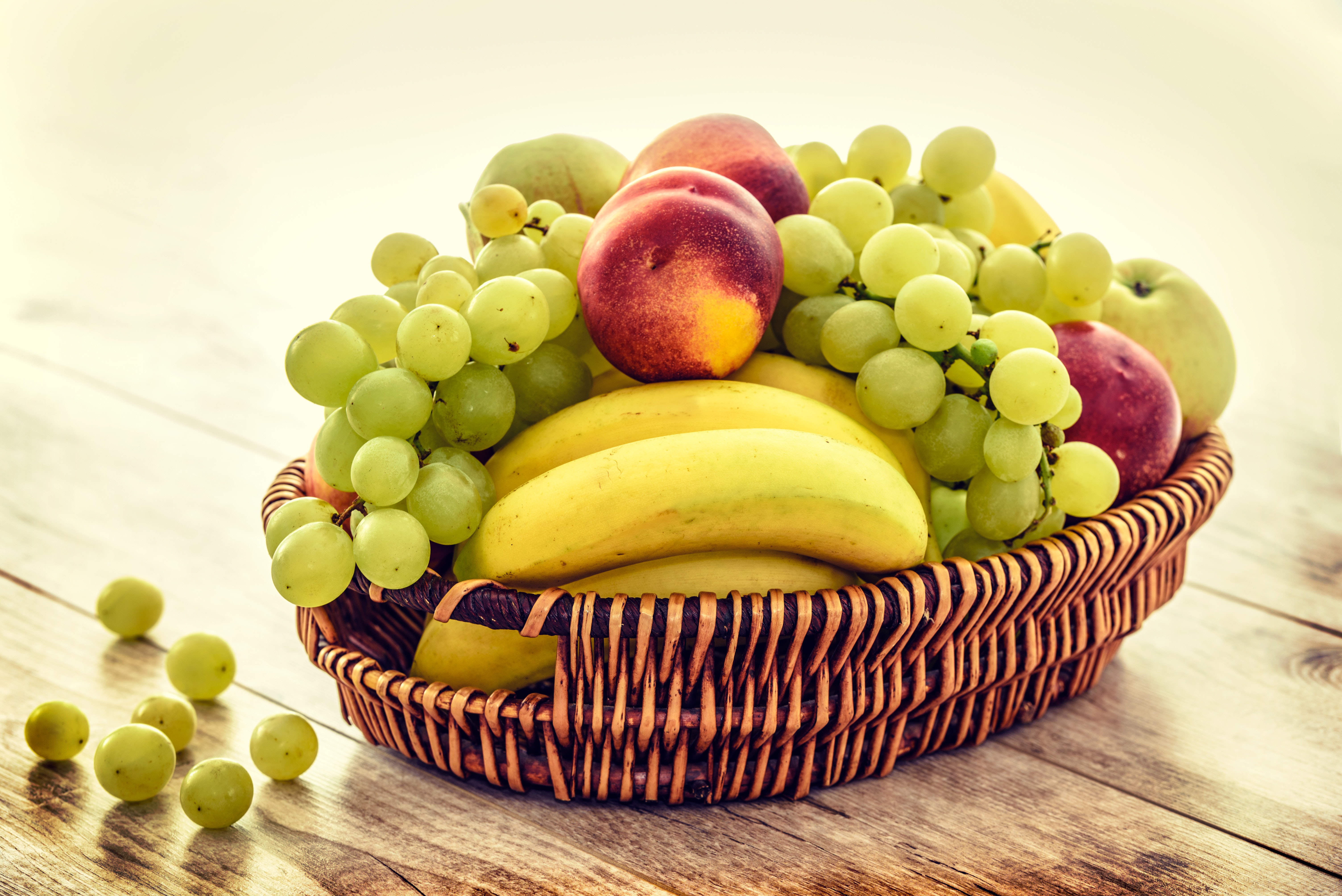
References
1. Goldacre et al. Cancer in patients with ulcerative colitis, Crohn’s disease and Coeliac disease. European Journal of Gastroenterology and Hepatology. (2008) 4:297-304
2. Seaman et al. Endometriosis and its coexistence with irritable bowel syndrome and pelvic inflammatory disease: Findings from a national case-control study, part 2. International Journal of Obstetrics and Gynaecology. 11:1392-1396.
3. Hillila et al. Gastrointestinal complaints among subjects with depressive symptoms in the general population. Alimentary Pharmacology and Therapeutics. 28:648-654
4. Bengmark S. Ecological control of the gastrointestinal tract. The role of probiotic flora. Gut (1998) 42:1-5
5. Bland J. et al. Clinical Nutrition: A Functional Approach. Gig Harbor, Wash. Functional Medicine Institute (1999).
6. Shahani KM and Friend BA. Nutritional and Therapeutic aspects of Lactobacilli. Journal of Applied Nutrition. (1984)36:125-152.
7. Roberfroid M. Prebiotics and Probiotics: are they functional foods? American Journal of Clinical Nutrition (2000) 71 (suppl) : 16825S-7S.
8. Anad SK et al. Antibacterial activity associated with Bifidobacterium bifidum. Cultured Dairy Products Journal. (1984) 19:6-8.
9. Murray ND and Pizzorno J. Encyclopedia of Natural Medicine. Prima Publishing (1997).
10. Reddy et al. Natural antibiotic activity of Lactobacilli acidophilus and bulgaricus. Cultured Dairy Products. (1983) 18(2):15-19.
11. Shahani KM and Ayebo AD. Role of dietary Lactobacilli in gastrointestinal microecology. American Journal of Clinical Nurtition. (1980) 33:2448-2457.
12. Ayebo et al. Effect of feeding Lactobacillus acidophilus milk upon faecal flora and enzyme activity in humans. Journal of Dairy Science. (1979) 62(Suppl.1): 44.
13. Bogdanov IG et al. Antitumor action of glycopeptides from cell wall of Lactobacillus bulgaricus. Bulletin of Experimentakl Biology. (1977) 84:1750.
14. Plaskett, Dr. L, (2004) Distance Learning Course in Nutrition (2004) London: Thames Valley University.
15. Jameson RM. The prevention of recurrent urinary tract infection in women. The Practitioner. (1976) 216:178-181.
16. Doctissimo. 10 Questions on Constipation. http://health.doctissimo.com/common-ailments/all-about-constipation/10-questions-on-constipation.html.
17. Metchnikoff E. The Prolongation of Life. Optimistic Studies. London: William Heinemann. (1907) 161-183.
18. Bupa. How much fibre do I need? http://www.bupa.co.uk/individuals/health-information/directory/f/fibre.
19. Gismondo MR. Antibiotic impact on intestinal microflora. Gastrointestinal Int (1998) 11:29-30.
20. Bjarnason I et al. Side Effects of Non –Steroidal Anti-Inflammatory Drugs on the Small and Large Intestines in Humans. Gastroenterology. (1993) 104 (6): 1832-47.
21. Lenz HJ and Druge G. Neurohormonal pathways mediating stress-induced inhibition of gastric acid secretion in rats. Gastroenterology. (1990) 98:1490-1492.
22. Moore WE et al. Some current concepts in intestinal bacteriology. American Journal of Clinical Nutrition. (1978) 31:S33-S42.
23. Trenev N. Probiotics, Natures Internal Healers. Avery. (1998)
24. Hawrelak J and Myers S. The Causes of Intestinal Dysbiosis: A Review. Alternative Medicine Review. (2004) 9(2):180-197.
25. Linder MC. Nutrition and metabolism of proteins. In: Linder MC, ed. Nutritional Biochemistry and Metabolism, 2nd ed. Norwalk, CT: Appleton and Lange. (1991) 87-110.
26. Doe Young, K. and Camillen, M. Serotonin: A mediator of the brain-gut connection. Gastroenterology. (2000) 95(10):2698-2709.
27. Cummings, JH et al. Fecal weight, colon cancer risk and dietary intake of nonstarch polysaccharides (dietary fiber). Gastroenterology. (1992) 103(6):1783-1789

